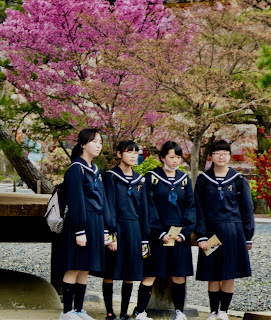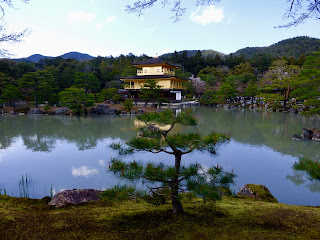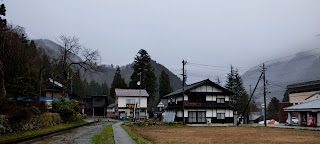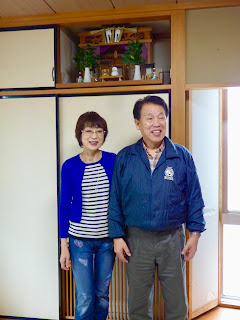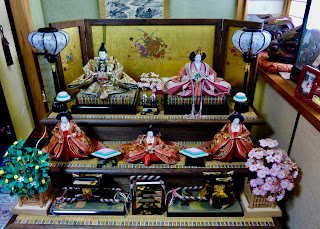Kyoto, Japan
April 12-17, 2017
Known as Heian-kyo, the “capital of peace and tranquility”, Kyoto’s history goes back to 794 when it was founded as the imperial capital. Rituals and festivals to appease the spirits developed over the years (flooding of the Kamo River was a continual problem) and formed the basis of customs still observed today. Many of Japan’s famous monuments are found in the charming and sometimes hidden backstreets while the major avenues reflect a very lively, modern city. Kyoto remained the imperial capital from the 8th-19th centuries when there was a shift in power to Edo (Tokyo), but the culture developed over several centuries has always remained in place and is an integral part of this UNESCO World Heritage Site.
Some of Japan’s most impressive Buddhist temples and Shinto shrines are found here and our first full day of touring began with Sanjusangendo Hall, built in the 12th century and containing 1001 statues of the thousand-headed Buddhist goddess of mercy, Kannon.
From there it was a visit to Nijo Castle, built between 1601-1603 and intended to represent the power of the Tokugawa shogunate. Lacking a weapon-fortified garrison, it remained a royal estate and became the meeting place for the shoguns. (powerful military commanders ruling Japan)
Kinkakuji Temple (Temple of the Golden Pavilion) dates over 200 years earlier to 1397 when it was built by the third shogun of the Ashikaga shogunate. The gardens and the pavilion’s reflection on the pond surrounding it are simply breathtaking.
Nara, the capital of Japan before Kyoto, founded in 710, was known as Heijo-kyo (citadel of peace). Over time, it became a center of Buddhism as well as the eastern destination of the Silk Road. Housing some of the world’s oldest wooden buildings, Nara is a charming spot of serene tranquility and loveliness.
Wooded Paths Lined With 3,000 Stone Lanterns
Todaiji Temple - Daibutsu-den Hall
Daibutsu - 52 foot statue of Buddha
A visit to the Arashiyama District of Kyoto delighted us on our final day. Two of the most beautiful gardens in the country are found here and the spot has long held a place of importance in the hearts of the Japanese people. And now, it holds a special place in mine as well.
Arashiyama Park - Bamboo Grove
Zen Garden Of The Tenryuji Temple
What will be a forever memory for me were the cherry blossoms. Celebration of this fragile and magical blossom has been a passion of the Japanese people for centuries, a reflection of this culture’s appreciation of nature and aesthetics. Hanami ( Sakura) viewing parties are held all over the country during the week that these trees are in bloom and locals and visitors from near and far, no matter if young or old, gather in throngs to partake of nature’s grace and evanescent beauty.



